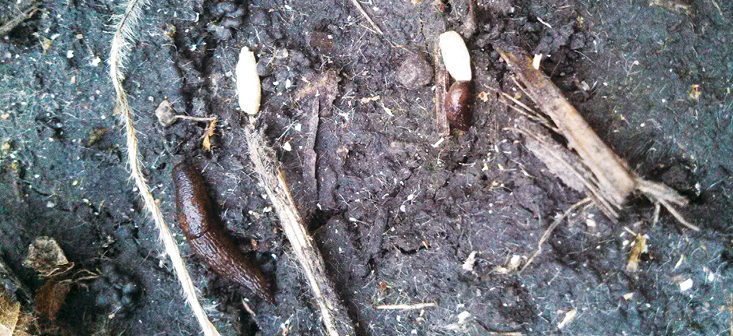No-Till Farmer
Get full access NOW to the most comprehensive, powerful and easy-to-use online resource for no-tillage practices. Just one good idea will pay for your subscription hundreds of times over.

Aerial seeding is a popular method to help no-tillers get cover crops established in a timely manner, especially in far northern U.S. climates where growing seasons are shorter and application windows are tight.
In fact, 23% of row-crop farmers say aerial seeding is their primary means of applying covers, only behind drilling at 38%, according to Sustainable Agriculture Research and Education’s (SARE) most recent cover crop survey.
If results from aerial seeding are spotty, some farmers are quick to point the finger at the pilot. While pilot error is possible, there’s a whole lot more that goes into successful applications, says Damon Reabe.
The president at Waupun, Wis.-based Reabe Spraying Service says continued work with cover crops has convinced him that many no-tillers in cold climates are having covers flown on too early in the fall, leaving them subject to reduced sunlight.
For instance, during an early fall where corn harvest might be ongoing in early October, there’s enough time for covers seeded in September to access enough heat units and daylight to grow up through post-harvest residue.
But if harvest happens in November, when there’s fewer heat units and daylight, leftover residue might smother the covers and kill them before farmers see any results. Reabe says in Wisconsin he will often refuse to seed covers into grain…